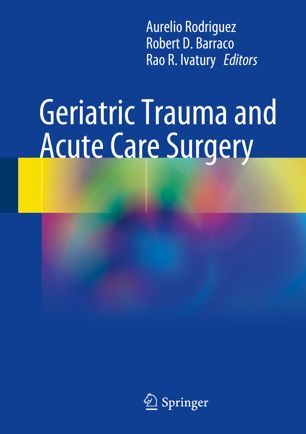

Most ebook files are in PDF format, so you can easily read them using various software such as Foxit Reader or directly on the Google Chrome browser.
Some ebook files are released by publishers in other formats such as .awz, .mobi, .epub, .fb2, etc. You may need to install specific software to read these formats on mobile/PC, such as Calibre.
Please read the tutorial at this link: https://ebookbell.com/faq
We offer FREE conversion to the popular formats you request; however, this may take some time. Therefore, right after payment, please email us, and we will try to provide the service as quickly as possible.
For some exceptional file formats or broken links (if any), please refrain from opening any disputes. Instead, email us first, and we will try to assist within a maximum of 6 hours.
EbookBell Team

0.0
0 reviewsThe purpose of this book is to give providers of all levels a simple and essential source of practical information in treating the elderly trauma and emergency surgery patient. The Introduction instructs practitioners how to evaluate and assess risk including frailty and use this information in Goals of Care discussions to facilitate shared decision making so crucial to this population.
The individual chapters consist of best practices and care guidelines from some of the most well-known thought leaders and best trauma centers in the country across the spectrum from geriatricians to trauma and acute care surgeons and nurses. Each chapter contains easy-to-read algorithms and references that the readers can use and adapt for their own setting. Chapters on Pre-hospital care will help guide EMS organizations and even systems in the right care and triage of the elderly. Each chapter also contains a Nursing Focus section for helpful nursing tips in caring for the elderly with those injuries and problems. These sections make this book a must-have for any center looking to improve its care of the elderly patient or just trying to be sure its care is already the best it can be.
A special section on Post Acute Care will introduce the provider to the common issues surrounding particular disposition destinations for the elderly patient. This will facilitate discussions with families, case managers and facilities to help improve time to disposition.